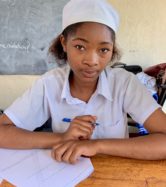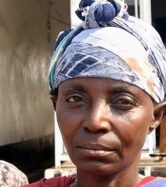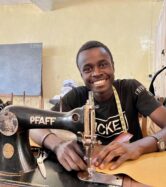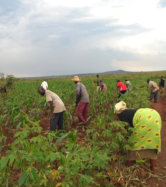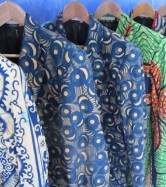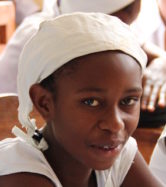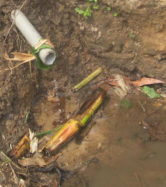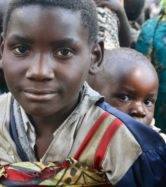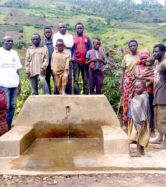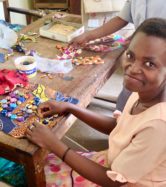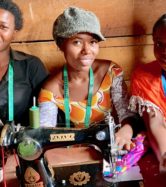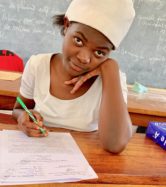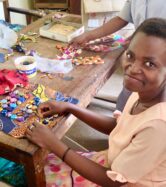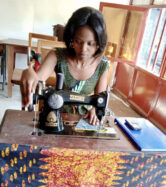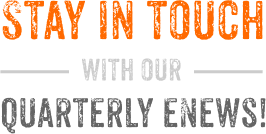DRC

POPULATION
PEOPLE LIVING BELOW THE POVERTY LINE
GDP PER CAPITA (PPP)
Life expectancy at birth: 58.7 years (2014)
The Democratic Republic of the Congo (DRC, and previously known as Zaire) is one of the most resource-rich and yet poverty-stricken nations in Africa. In landmass it is slightly smaller than Western Australia. The capital is Kinshasa, and French is the official language, although four other languages also dominate. It is a democracy with both a President (Joseph Kabila) and a Prime Minister (Augustin Ponyo). Elections were due in November, but electoral roll issues has delayed them. This has caused tension and some violence, in a country which is stil recovering from its violent past.
DRC straddles the equator and comes second to Brazil in the size of its rainforests and the flow of water passing down the Congo River.
DRC is a post-conflict country, with sporadic outbreaks of violence across the country. Prolonged conflict has pushed back development of the nation and reduced the population to poverty. DRC currently hosts a UN peace-keeping mission, MONUSCO.
The potential for DRC to flourish is there, and there have been encouraging developments, but there is a long way to go on a number of fronts. DRC ranks 176th on the Human Development Index out of 188 countries (the HDI is a UN measure of the quality of life). Sexual violence is a huge problem, and there are a large number of internally displaced people from earlier conflicts. While economic growth has been strong, this has mostly been driven by the extractive industry and has not substantially benefitted the majority of the population. The slow-down in the extractives industry in late 2015, 2016 has reduced growth prospects which could further exacerbate political tensions. DRC remains a fragile country.
Data sourced from the World Bank and United Nations sites, January 2016




